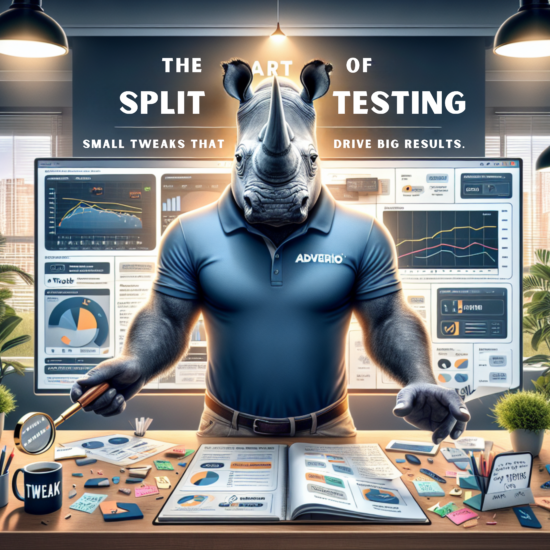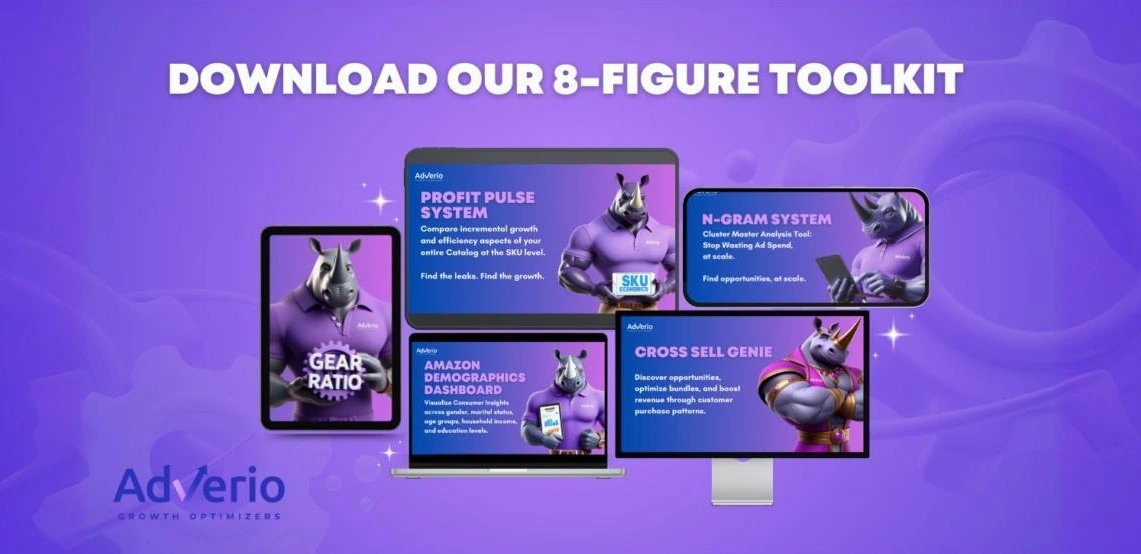Table of Contents
We cannot stress enough the significance of split testing in optimizing your marketing efforts.
Split testing, also known as A/B testing, is a powerful tool for comparing different versions of your marketing assets and determining which one performs better. This article will delve into the importance of split testing various elements such as images, copy, pricing, and advertising and provide insights on how to execute multivariate testing effectively.
Why Split Testing Matters

In today’s competitive digital landscape, ensuring that your marketing efforts yield the best possible results is crucial. Split testing enables you to make data-driven decisions and optimize your campaigns for maximum impact. By comparing different versions of your marketing assets, you can gain valuable insights into what resonates with your target audience and what doesn’t.
Split testing is particularly important when it comes to the following elements:
Images:
Visual content plays a vital role in capturing your audience’s attention and conveying your brand’s message. Testing different images can help you identify which ones are most effective in engaging your audience and driving conversions.
Copy:
The words you use in your marketing materials can significantly impact how your audience perceives your brand and products. Split testing different versions of your copy can help you determine which messaging is most compelling and persuasive.
Pricing:
Finding the right price point for your products is crucial for maximizing your profits and attracting customers. Split testing different pricing strategies can help you identify the sweet spot that balances profitability and customer satisfaction. ‘
Advertising:
With numerous advertising platforms and strategies available, it’s essential to test different approaches to determine which ones yield the best results for your business. Split testing your ads can help you optimize your targeting, messaging, and overall campaign performance.
How to Execute Multivariate Testing
While split testing is a powerful tool, it’s important to approach it strategically to ensure accurate and meaningful results. One key aspect to keep in mind when executing multivariate testing is to avoid changing more than one element per test.
Here’s why:
- Isolating Variables: By changing only one element at a time, you can accurately determine which specific change is responsible for any observed differences in performance. If you change multiple elements simultaneously, it becomes difficult to pinpoint which change had the greatest impact
- Clarity in Results: When you limit your changes to a single element per test, the results are more clear and actionable. You can confidently attribute any improvements or declines in performance to the specific change you made, allowing you to make informed decisions moving forward.
- Avoiding Confounding Factors: Changing multiple elements at once can introduce confounding factors that skew your results. For example, if you change both the headline and the image in an ad, you won’t know whether the improvement in click-through rate is due to the new headline, the new image, or a combination of both.
To execute multivariate testing effectively, follow these best practices:
Define Your Goals:
Clearly define what you want to achieve with your split test, whether it’s increasing conversions, improving click-through rates, or reducing bounce rates. This will help you determine which elements to test and how to measure success.
Prioritize Elements:
Identify the elements that are most likely to have a significant impact on your goals and prioritize testing those first. This will help you optimize your efforts and achieve meaningful results more quickly.
Use Appropriate Tools:
Leverage split testing tools and platforms that are designed to handle multivariate testing. These tools will help you set up your tests correctly, track results, and analyze data effectively.
Test One Element at a Time:
As mentioned earlier, it’s crucial to test only one element per test to ensure accurate and actionable results. Resist the temptation to change multiple elements simultaneously, as it can lead to confounding factors and unclear results.
Allow Sufficient Time:
Give each test enough time to gather statistically significant data. Depending on your traffic and conversion rates, this may take anywhere from a few days to a few weeks. Avoid making conclusions based on insufficient data, as it can lead to incorrect assumptions and suboptimal decisions.
Split testing is a critical component of any successful marketing strategy, especially when it comes to optimizing your efforts on Amazon. By testing different versions of your images, copy, pricing, and advertising, you can gain valuable insights into what works best for your target audience and make data-driven decisions to improve your overall performance.
When executing split-testing, remember to change only one element per test to ensure accurate and actionable results. By following best practices and leveraging appropriate tools, you can unlock the full potential of split testing and take your eCommerce marketing efforts to new heights.
If you’re looking to scale your ecommerce business on Amazon or other platforms like Walmart, Adverio is here to help. Our team of expert marketing specialists can guide you through the process of split testing and optimizing your campaigns for maximum impact. Contact us today to learn more about how we can help you achieve your ecommerce goals.





























